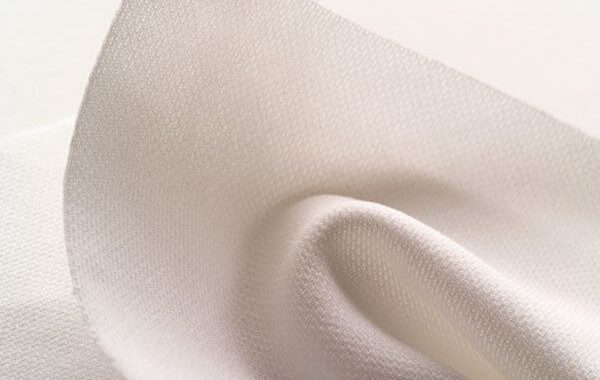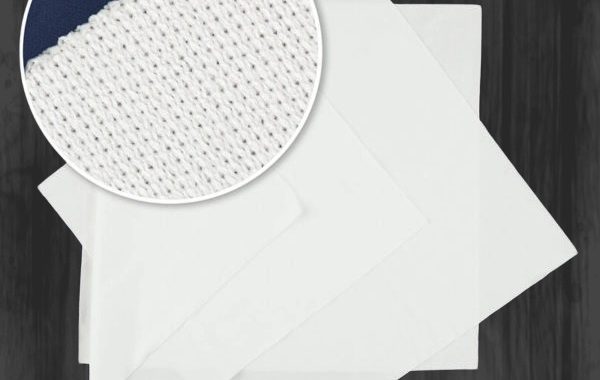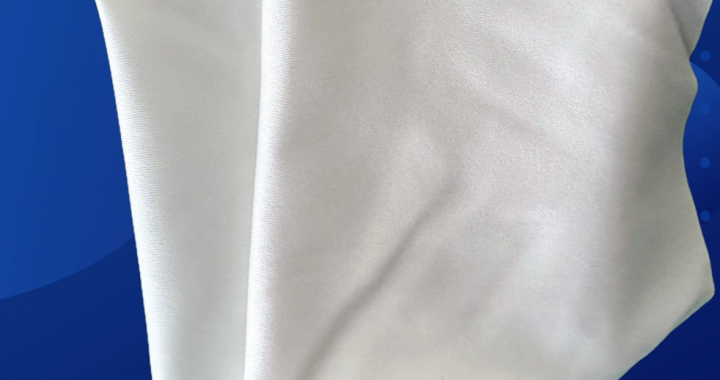Pre-wetted cleanroom wipes combined with alcohol solutions provide efficient cleaning while protecting sensitive surfaces. Correct solution ratios ensure effective contaminant removal without leaving residues.
Key Features:
-
Controlled Alcohol Concentration: Commonly 70% IPA and 30% deionized water for optimal cleaning and rapid evaporation.
-
Pre-Saturated Wipes: Consistent liquid delivery ensures uniform cleaning across surfaces.
-
Lint-Free and Non-Abrasive: Prevents fiber shedding and scratches on delicate electronics, optics, or laboratory equipment.
-
Chemical Compatibility: Safe for use on sensitive materials, coatings, and cleanroom surfaces.
Application Guidelines:
-
Electronics Cleaning: Use correct ratio for PCBs, semiconductors, and microchips to avoid residue or damage.
-
Laboratory Surfaces: Clean benches, instruments, and glassware effectively with minimal wipes.
-
Optical Equipment: Maintains clarity of lenses and sensors without streaks.
-
Cleanroom Maintenance: Ensures particle-free and ESD-safe surfaces in controlled environments.
Benefits:
-
Maximized Cleaning Efficiency: Proper ratio enhances liquid absorption and contaminant removal.
-
Surface Protection: Non-abrasive, lint-free wipes safeguard delicate equipment.
-
Reduced Waste: Fewer wipes needed due to optimal pre-saturation.








